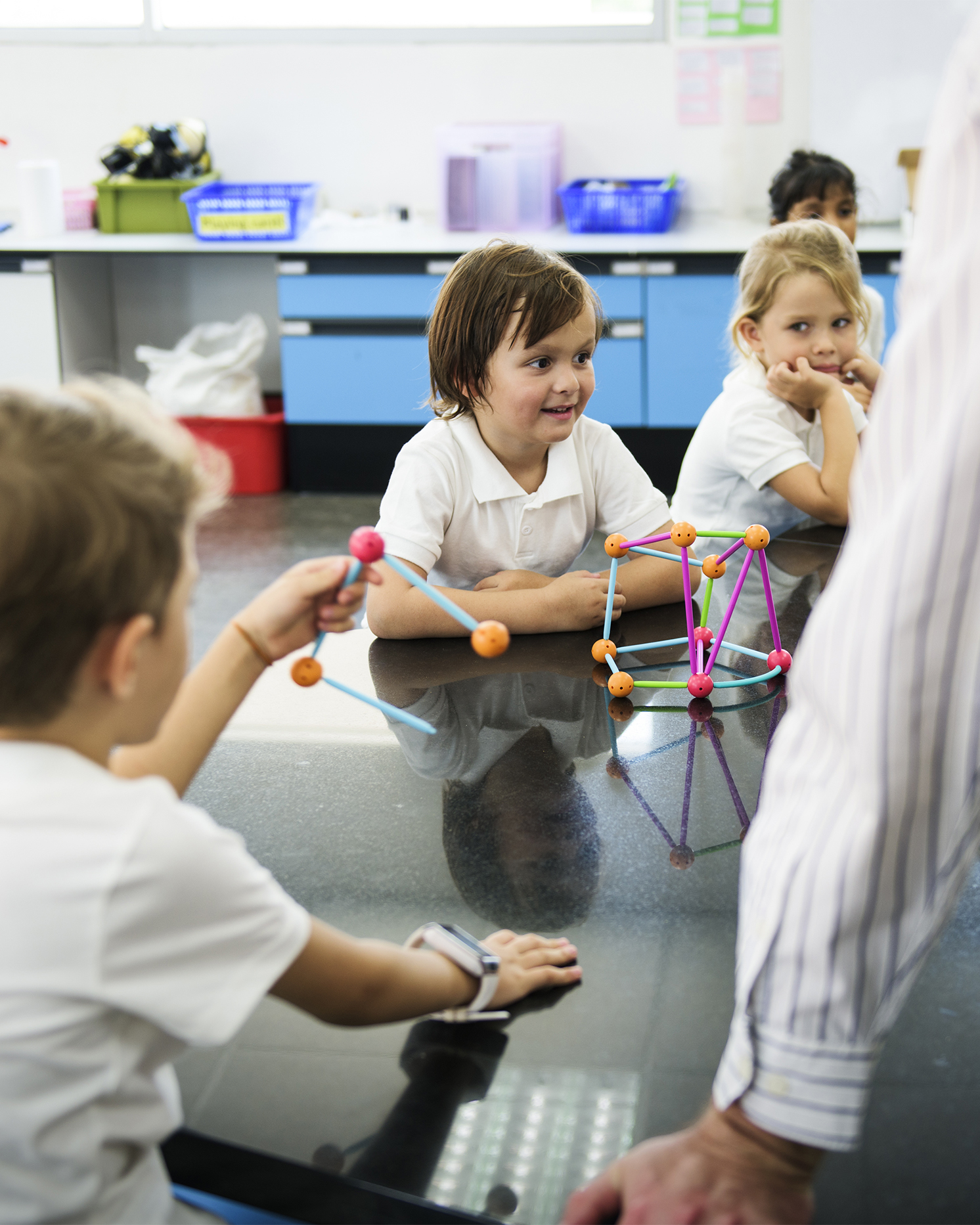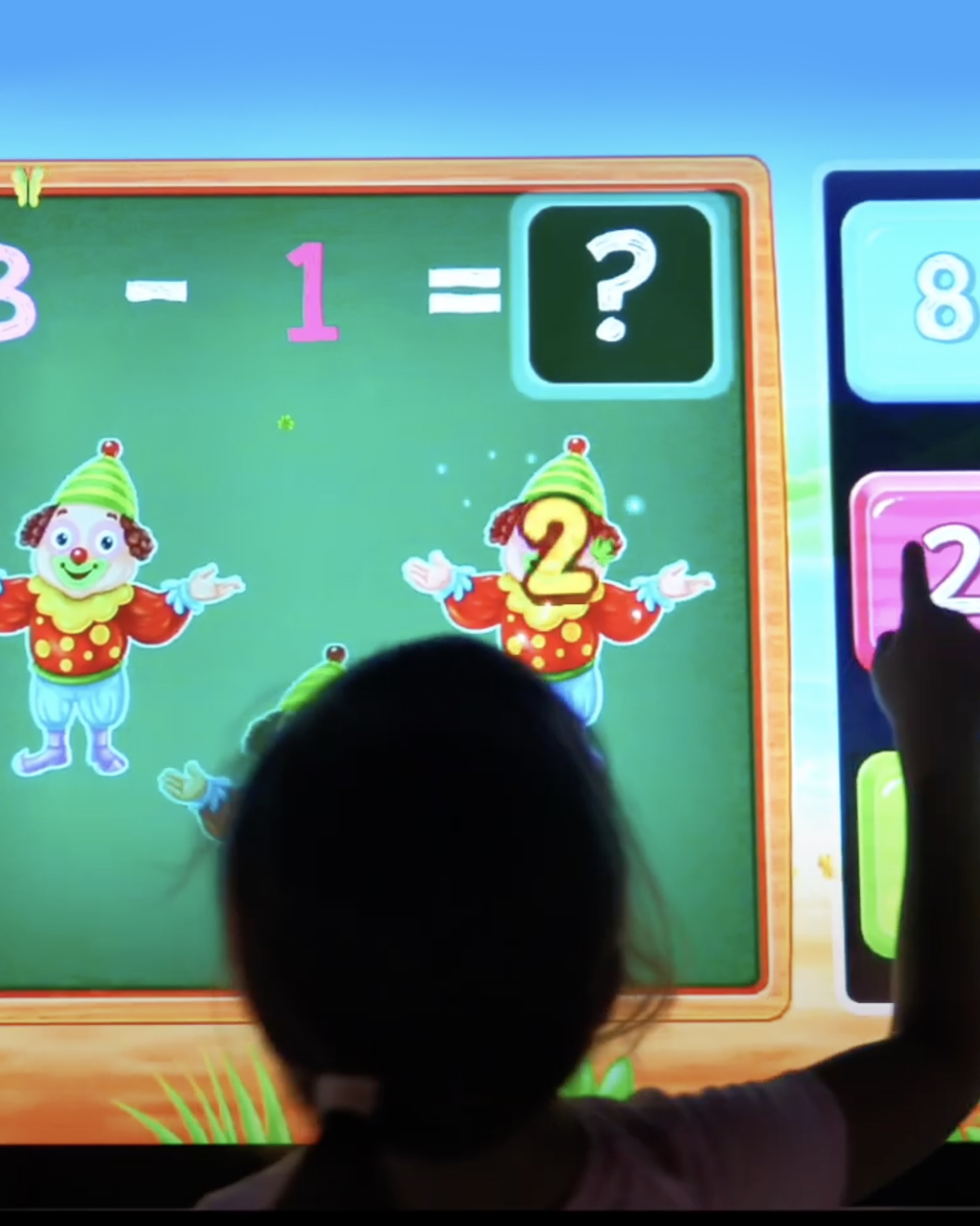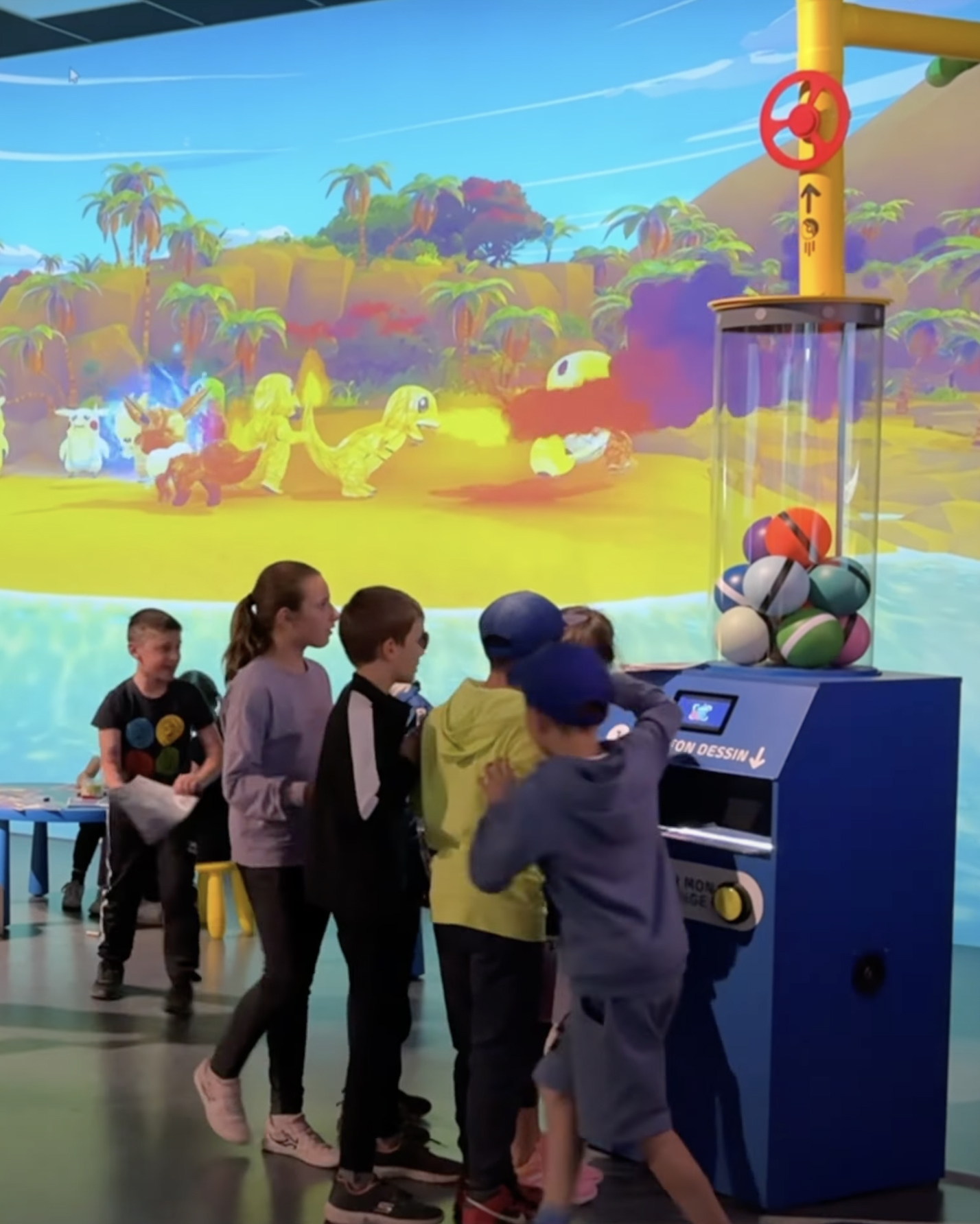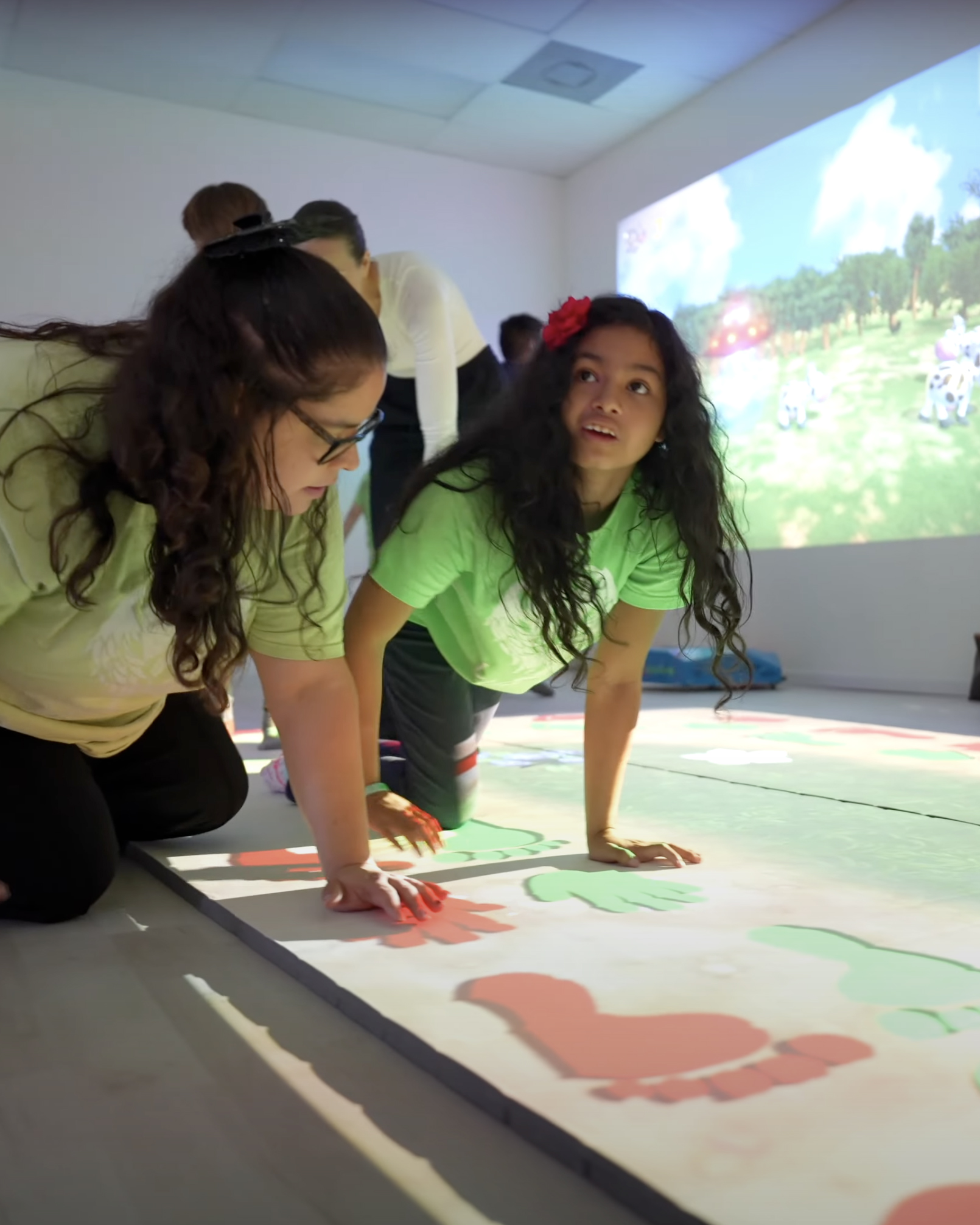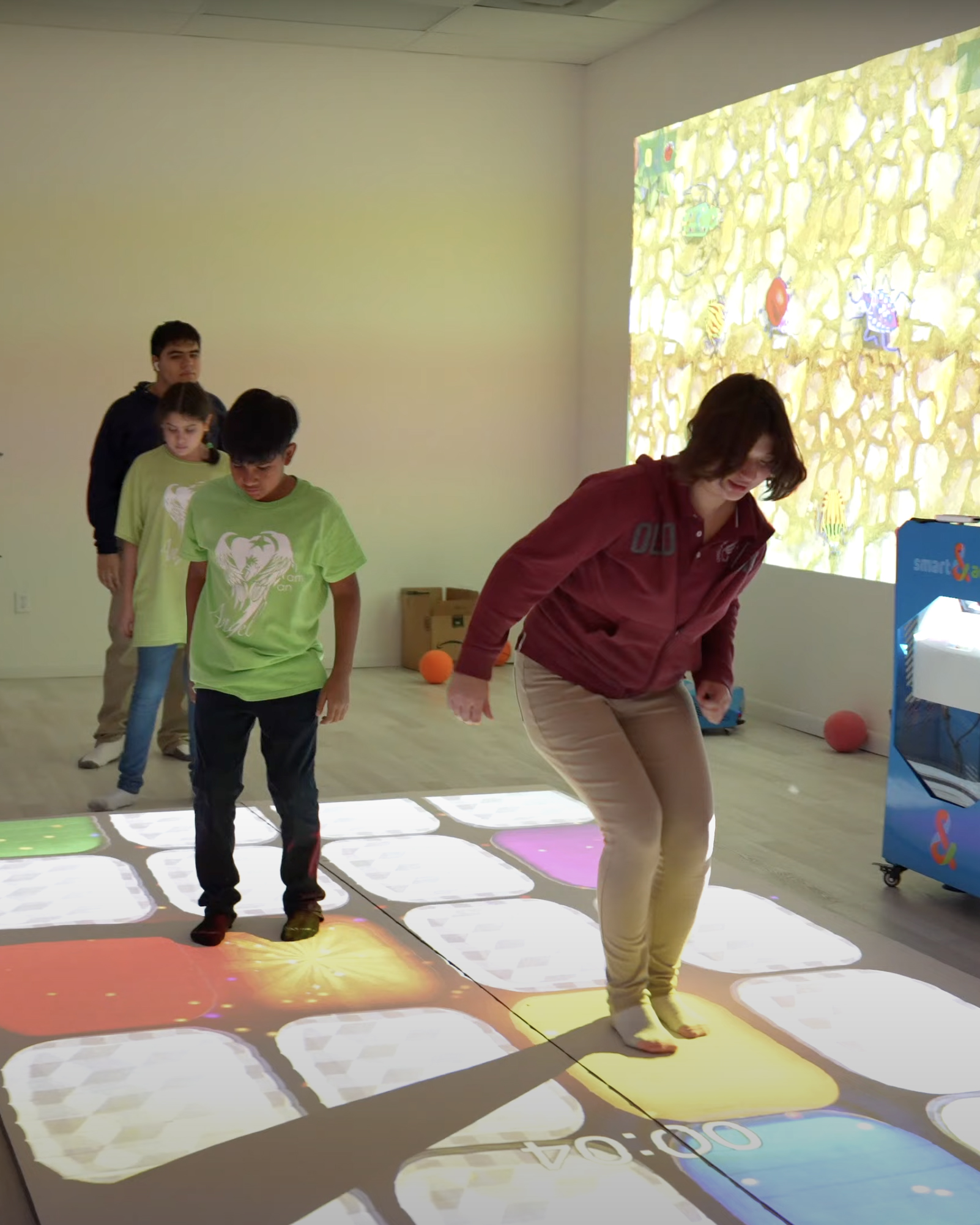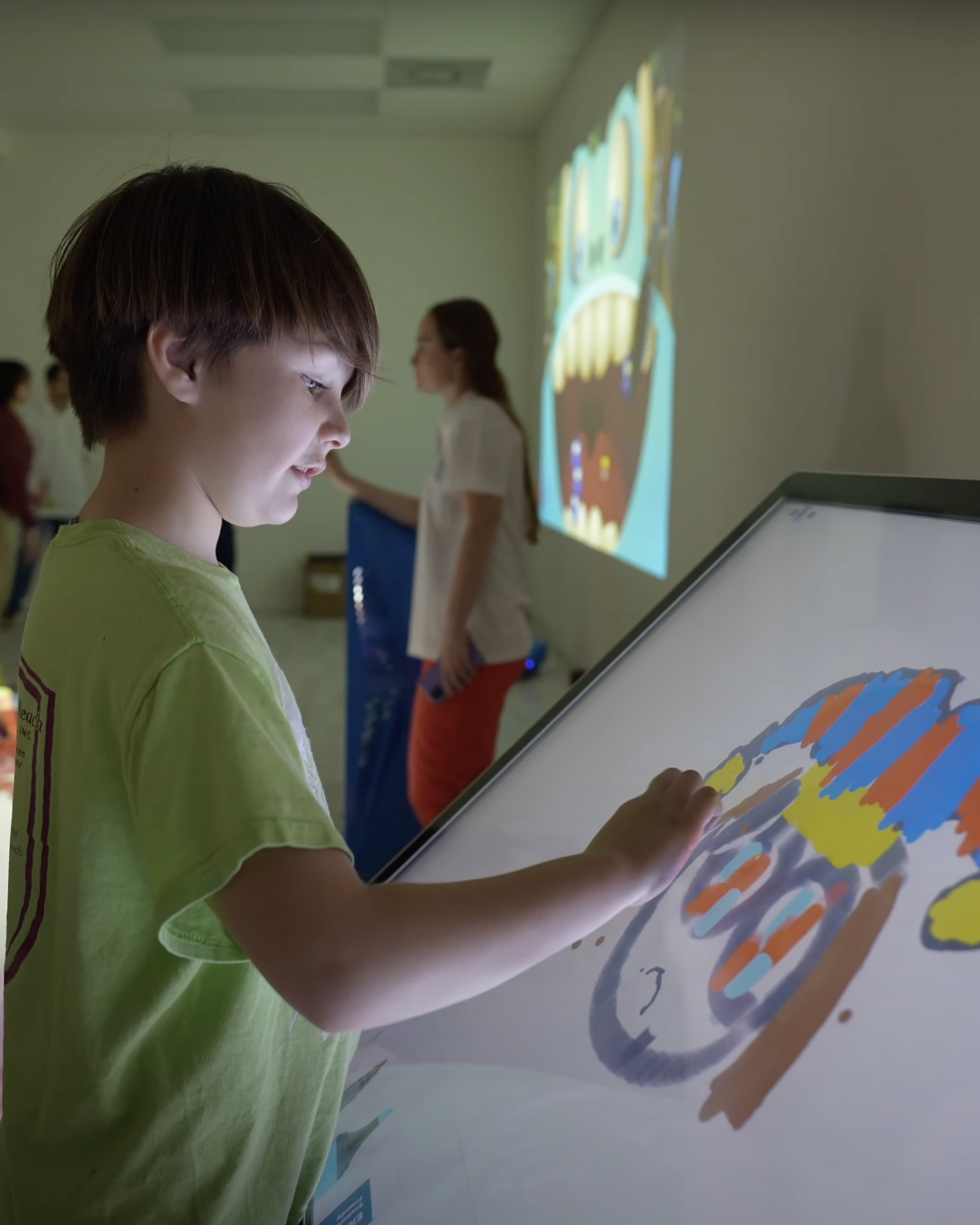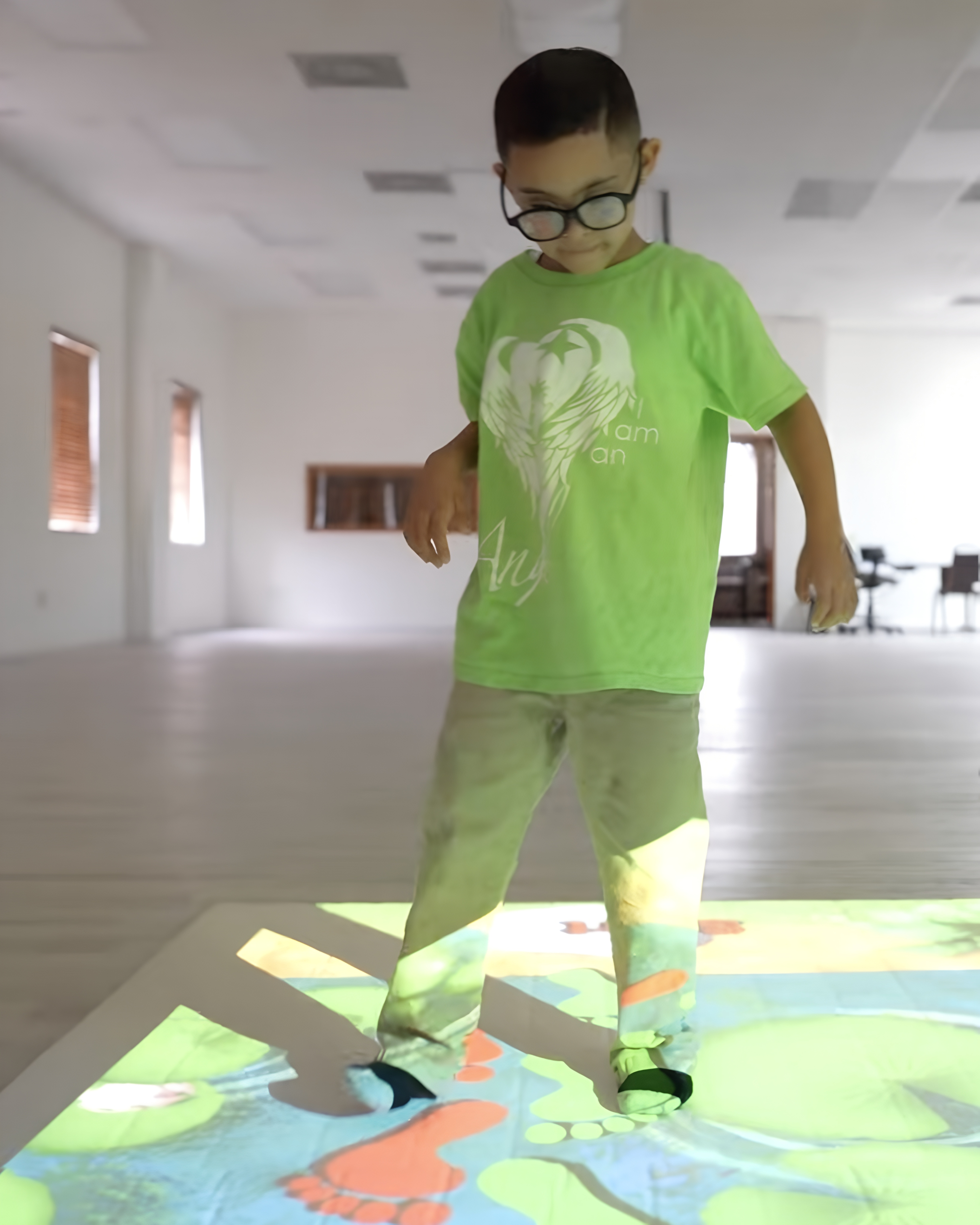 Science
Science
At Neurolevel, we’ve developed science-based technology and software that aligns with the educational standards of the USA. Our goal is to make science education more interactive and accessible for all students, especially those with special needs. Our games are readily available on our devices and on school smart boards.
Science games
Neurolevel games help children master scientific concepts and promote the development of scientific thinking. Students learn to ask questions, seek explanations, and make discoveries in the following areas of science (including as part of STEAM): biology, physics, chemistry, astronomy, ecology, engineering, mathematics, technology, geography, anatomy.
Maximum retention of material is achieved through a combination of physical activity and game-based learning. Below are just three examples of games from the biology and ecology category.
Custom Development
We can develop custom games that will align with your school curriculum or individual learning plans. Call us, tell us about your desired concepts, and we will help guide you in placing your order.
Get in touch to discuss your needs.
We create a detailed game brief.
Engage students and enhance learning!
Our team designs and builds your game.
Achievements of Neurolevel Game
- A non-speaking child said their first word.
- A child who couldn't identify shapes (diagnosed with cerebral palsy) learned to do so.
- A person who couldn't count numbers learned how to count.
- Many of our client-parents gained more time for personal life.
- A child who didn't like touching sand started interacting with it.
- A girl who wouldn't allow anyone to touch her was able to overcome her fear.
Our Approach
Our interactive technology engages multiple sensory channels simultaneously, turning learning into an engaging process. This enhances material retention and promotes the formation of new neural connections.
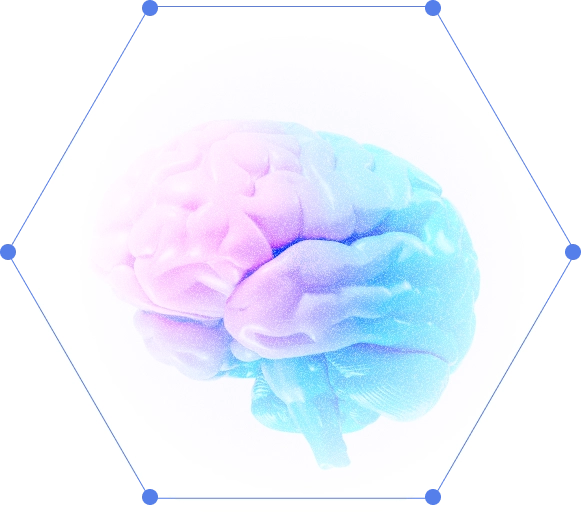
Inner ear
Internal
Hearing
Sight
Body awareness
Touch



